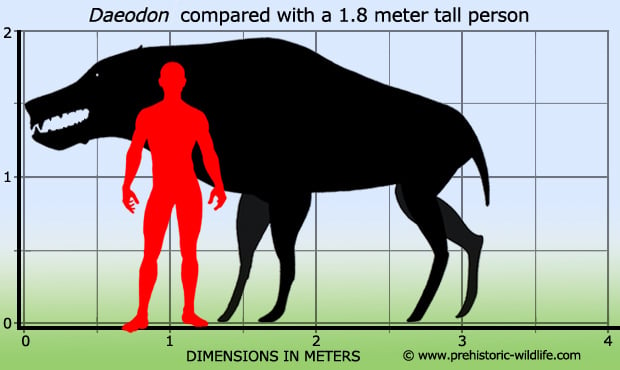Appearance and Biology: Bomoth appear something like blue giant caterpillars, 1.5 to 2.5 m long. They are invertebrates, possessing a hydrostatic skeleton. There faces are oddly human-like, though they have four eyes, each inferior to the human eye, but roughly comparable in the aggregate. Their auditory sensors are arranged around their head in a corona-like fashion, and have different receptors for different frequency ranges, lending overall superior sound discrimination to humans. Their bellows-like lungs enable fine breath control, aiding their playing of some musical instruments. Their vocal apparatus is such that they are incredible mimics. The number of their limbs depend on the individual's length, but the first 2 to 3 segments end in muscular tendrils capable of fine manipulation. The other limbs are similarly equipped, but less dexterous in most individuals. It's unclear how many sexes there are among them; bomoth are circumspect on that question with other species. Some individuals grow twin rows of dorsal spines, but the size of these vary with age and likely other factors.
A popular theory (likely suggested by their resemblance to caterpillars) is that bomoth are a larval form of some other organism. Visitors to the underground mushroom forests of their home moon occasionally report sightings of butterfly-winged creatures resembling human females flitting through the twilight. These sighting are dismissed as the result of exposure to psychoactive fungi spores in the atmosphere.
 |
| Artist rendition of one of the so-called "Angels of Woon" |
No. Appearing:1-4
AC: 8
Hit Dice: 1
Saving Throw: Warrior 1
Attack Bonus: +0
Damage: by weapon, or 1-2 punch
Movement: 20’
Skill Bonus: +3
Morale: 7




























